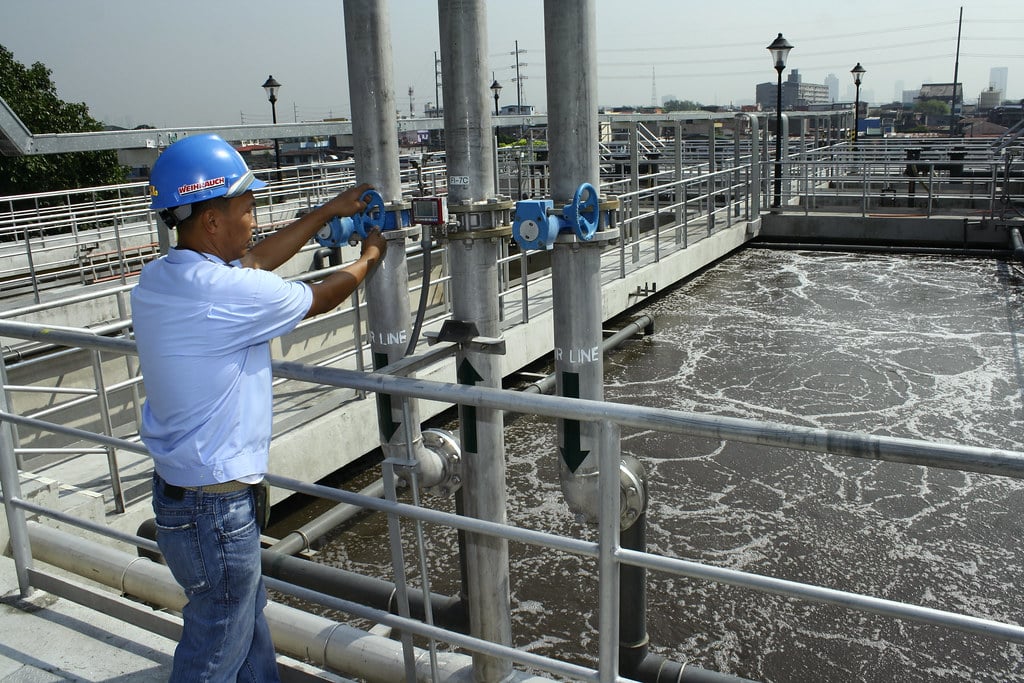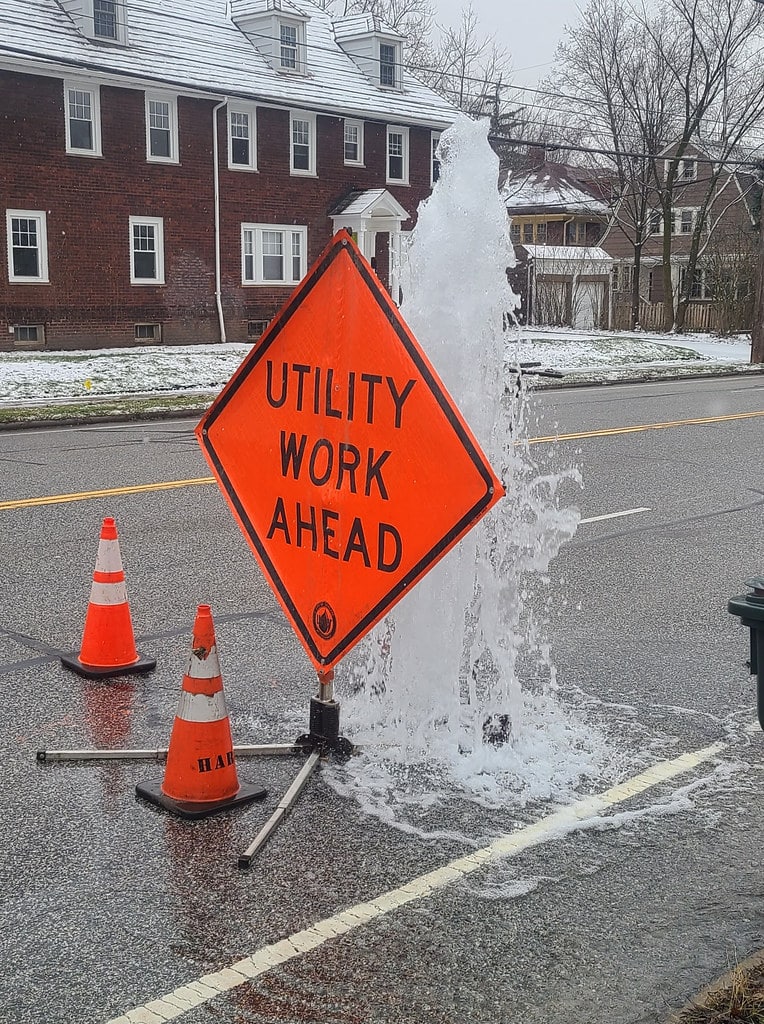Capital Efficiency Plan for the Win
Providing a Roadmap to Successful, Affordable Infrastructure Improvement
It seems that every day there is an exciting new product on the market to make every task that much easier and faster. A new tip on how one can achieve maximum productivity in their career, workouts, cooking, and how to achieve maximum energy saving capabilities in your homes — you name it, if there’s a will to optimize productivity, there’s a way for efficiency.
The same goes for your local water, wastewater and stormwater system.
 The Tata & Howard Capital Efficiency Plan (CEP) helps you do just that. Our CEP method is an accelerated and progressive approach to asset management. Our program allows municipalities, with the assistance and guidance of expert field staff and project managers, to do the following: (1) identify areas of their water, stormwater, and wastewater systems that are in need of repair, replacement, and/or rehabilitation; and (2) create a prioritized plan of action that is easily justified. In addition, the entire plan is conducted and completed in a way that makes the most bang out of municipalities’ limited infrastructure bucks.
The Tata & Howard Capital Efficiency Plan (CEP) helps you do just that. Our CEP method is an accelerated and progressive approach to asset management. Our program allows municipalities, with the assistance and guidance of expert field staff and project managers, to do the following: (1) identify areas of their water, stormwater, and wastewater systems that are in need of repair, replacement, and/or rehabilitation; and (2) create a prioritized plan of action that is easily justified. In addition, the entire plan is conducted and completed in a way that makes the most bang out of municipalities’ limited infrastructure bucks.
What’s the Plan?
Our CEP uses a three-circle, Venn diagram method. The three circles each represent a set of evaluation criteria for each water main segment: hydraulic modeling, asset management, and critical components. Each set comes with its own set of weaknesses. As with a typical Venn diagram, there is some overlap between the three circles, and the overlaps highlight the problem areas in the system. If a weakness appears to fall into more than one criteria set, they are given a higher priority than the others. By using this visual approach, our CEP easily and concisely identifies areas of criticality that allows systems to then create an action plan.
 Once the plan is completed, systems receive their CEP report, complete with Geographic Information System (GIS) representation for each pipe segment within their individual underground piping system, along with a database. Each report will detail what issues are critical and should be prioritized, and includes estimated costs for the repairs, replacements, or rehabilitations that need to be made, so critical and less-critical projects alike can be part of the conversation when preparing annual budgets.
Once the plan is completed, systems receive their CEP report, complete with Geographic Information System (GIS) representation for each pipe segment within their individual underground piping system, along with a database. Each report will detail what issues are critical and should be prioritized, and includes estimated costs for the repairs, replacements, or rehabilitations that need to be made, so critical and less-critical projects alike can be part of the conversation when preparing annual budgets.
Road Blocks
In their 2021 Report Card, the American Society of Civil Engineers (ASCE) gave wastewater an embarrassing “D+” grade due to the existing infrastructure being in desperate need of repair and replacement and drinking water a “C-“. Stormwater came in with the lowest grade of “D”.
 It has been no secret that federal and state funding has been on a steady decline for several decades now, starting in the mid-1970s. With already limited funding, state and local governments are unable to meet full capital expenditures and to prioritize projects, and are frankly falling behind, leaving their residents to bear the burden of crumbling infrastructure.
It has been no secret that federal and state funding has been on a steady decline for several decades now, starting in the mid-1970s. With already limited funding, state and local governments are unable to meet full capital expenditures and to prioritize projects, and are frankly falling behind, leaving their residents to bear the burden of crumbling infrastructure.
Our plan allows systems to implement clear, concise, and systematic plans of action, have more detailed agendas for each project, and to better allocate their already limited funding while providing critical repair, replacement, and/or rehabilitation of their water, wastewater, or stormwater system. CEP’s also provide a roadmap for a better plan for future work, resulting in tackling more capital improvement projects, all while using fewer funds. It is a win across the board, as evidenced by the following systems:
 Asset management planning is absolutely critical to the current and future health and maintenance of our water supplies. This highly structured, three-circle approach to capital planning is one of the most effective ways for systems to conclusively prioritize those that are in most need of repair, replacement, or rehabilitation. Each CEP approach is specifically tailored to each project, as each system and project have varying needs.
Asset management planning is absolutely critical to the current and future health and maintenance of our water supplies. This highly structured, three-circle approach to capital planning is one of the most effective ways for systems to conclusively prioritize those that are in most need of repair, replacement, or rehabilitation. Each CEP approach is specifically tailored to each project, as each system and project have varying needs.
By participating in our Capital Efficiency Plan and actively working towards better capital planning, systems can achieve better capital efficiency. Our plan will give its participants the security knowing that their annual budgets are better allocated to the most critical projects, and provide a sigh of relief knowing that their repair-to-do lists are getting shorter. And, most importantly, systems can rest assured knowing that their residents have access to safe, clean drinking water via updated water distribution systems.
It truly is a win-win for all.
